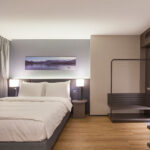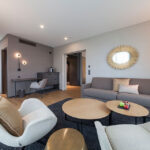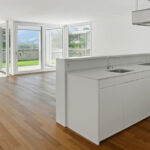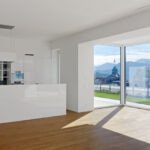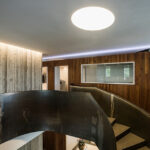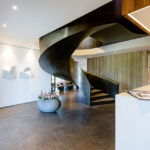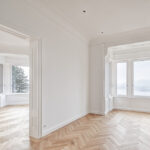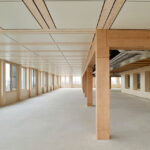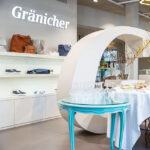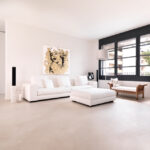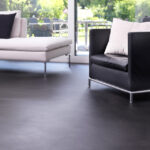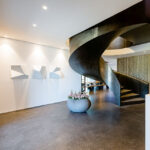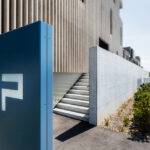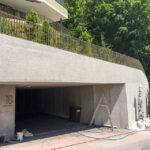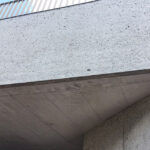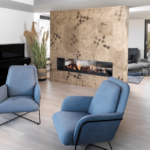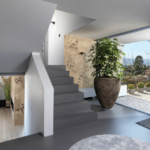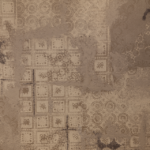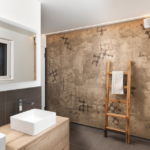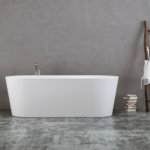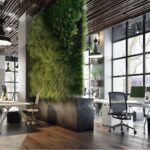- Home
- Competencies
Facade construction
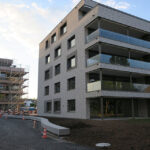
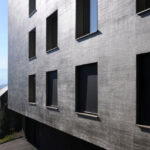
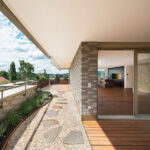
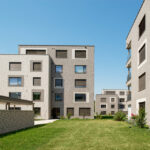
- Service
- About Us
- Contact
Headquarters in Emmen
-
MVM AG
Kirchfeldstrasse 44
6032 Emmen - 041 289 04 04
- mail@mvm-ag.ch
-
Monday - Friday
08:00–12:00 / 13:30–17:00
Zug location
-
MVM AG ZG
Commercial Street 11
6330 Cham - 041 758 18 57
- mail@mvm-ag-zug.ch
-
Monday - Friday
08:00–12:00 / 13:30–17:00
Sursee location
-
MVM AG Sursee
Surentalstrasse 10
6210 Sursee - 041 920 35 15
- mail@mvm-ag.ch
-
Monday - Friday
08:00–12:00 / 13:30–17:00
Stans location
-
MVM AG Stans
Hansmatt 30
6370 Stans - 041 610 00 42
- mail@mvm-ag.ch
-
Monday - Friday
08:00–12:00 / 13:30–17:00
-
MVM AG
- Rental
- Shop
Architecture with concrete
- Competently. Innovative. Qualitatively.
- from MVM AG
- June 1, 2022
Fair-faced concrete, also known under the name Béton Brut, is currently very much in vogue for indoor and outdoor use. Here you can find out everything you need to know about architecture with concrete.
What does architecture with concrete mean?
We are talking about architecture with concrete when the building material Béton Brut is used. Béton Brut, in English "raw concrete", is the named origin of Brutalism, a modern architectural trend. In architecture with concrete, this is used in the form that is visible after the formwork has been removed. Traces such as unevenness in the surface or imprints of the formwork materials that the concrete receives during production and formwork are typical features.
Advantages of exposed concrete
Exposed concrete or Béton Brut is not only modern and visually appealing to many people. Because there are other points that speak in favor of architecture with concrete. For example, exposed concrete is safe. Temperatures of up to 1.000°C cannot harm the shape of the gray building material. For private homes, this means residents have less to worry about about fires. If there is a fire, there are no harmful vapors or gases to worry about from the concrete.
Other advantages of concrete are its high durability and excellent weather resistance. Thanks to these properties, it has a long service life and requires little maintenance. In addition, concrete has excellent heat storage capacity and sound insulation. Additional insulation is only necessary for rather thin walls. Concrete is also very comfortable: the natural tempering of the material creates a pleasant indoor climate. As a flexible building material, almost any challenge in the construction of the interior can also be mastered.
When architecture with concrete is marked by time
Even if concrete is very robust and has many advantages, sooner or later signs of time and weather will appear in architecture with concrete. Such defects can then be remedied with concrete cosmetics. Below we present two types.
Reprofiling as a type of concrete cosmetics
In the reprofiling of fair-faced concrete, depressions are filled up again and surfaces are precisely matched. Mineral-based materials are used here, which create a permanent, durable connection to the concrete and have the haptics and homogeneous surface appearance typical of concrete. In the end, previous defects are neither visible nor noticeable.
Structuring and retouching as a form of concrete cosmetics
If the surface structure of a new building is not as desired, concrete noses show defects or the like, a new structure or retouching is the solution. When structuring, a new surface structure is created that cannot be distinguished from the original concrete. To do this, the surface is first smoothed and then a substrate with a typical concrete look is applied.
Retouching removes discolouration, rust marks, signs of reinforcement and formlining, areas with incorrectly colored concrete and run-off concrete noses. This is done by professionally preparing the substrate and applying a new surface that is indistinguishable from real fair-faced concrete in terms of look and feel. Thanks to finely pigmented glazes and powders, surfaces in different colors and designs are possible.
Conclusion
Architecture with concrete is always trendy thanks to the timeless design and the many advantages. We at MVM have a lot of experience and would be happy to professionally install your fair-faced concrete for you.
Take it now Contact Contact us and arrange a free consultation with one of our friendly staff.

